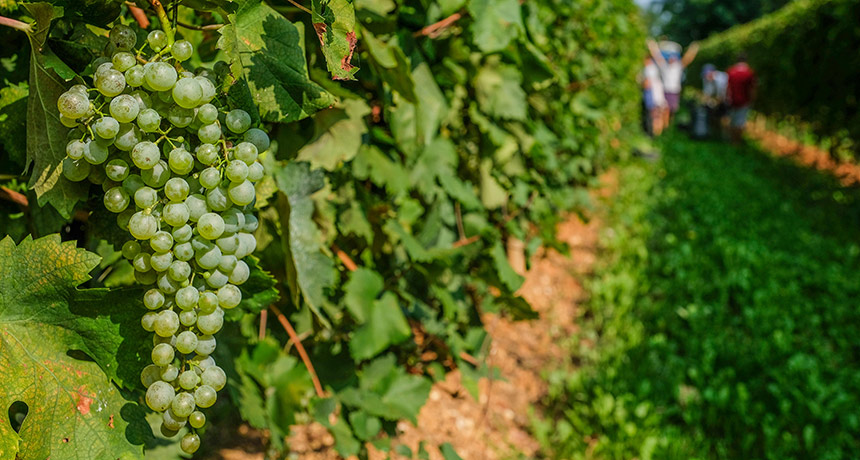Prosecco production takes a toll on northeast Italy’s environment
The industry accounts for 74 percent of the region’s soil loss every year

BURST YOUR BUBBLY High-quality prosecco vineyards are losing 400 million kilograms of soil every year, researchers calculate.
Stefano Mazzola/Awakening/Alamy Stock Photo






